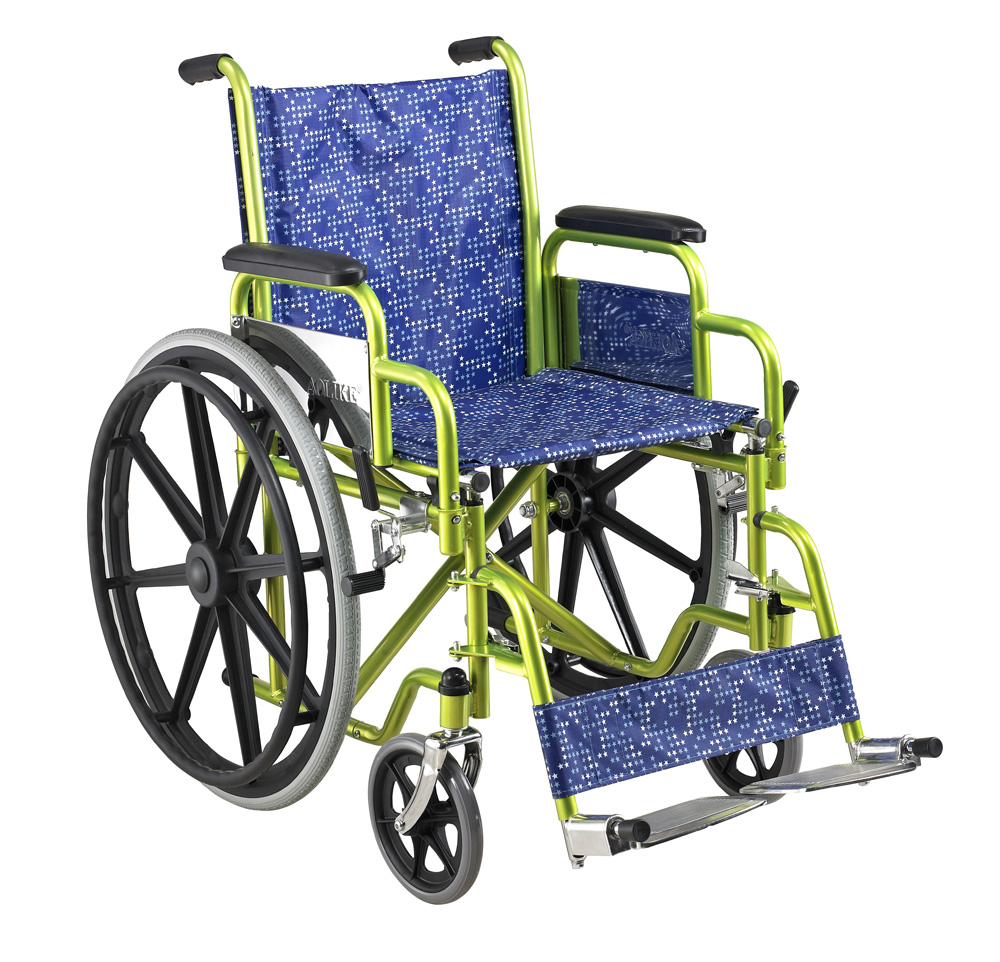The evolution of manual wheelchairs over the years has witnessed remarkable innovations aimed at improving user comfort, mobility, and overall quality of life. From basic designs to advanced mobility solutions, let’s explore the journey of manual wheelchairs:
- Historical Beginnings: Manual wheelchairs have a history dating back centuries, starting with rudimentary designs used for transportation by individuals with limited mobility.
- Basic Designs: Early manual wheelchairs featured wooden frames and large wheels, allowing users to be pushed by attendants.
- Folding Mechanisms: The introduction of folding mechanisms in the 20th century revolutionized manual wheelchairs, making them more portable and convenient for storage and transportation.
- Materials Innovation: The transition from heavy materials like wood to lightweight yet durable materials like aluminum and titanium contributed to easier maneuverability without compromising strength.
- Ergonomic Design: Modern manual wheelchairs prioritize user comfort through ergonomic seating, adjustable components, and enhanced cushioning.
- Customization Options: Manual wheelchairs are now customizable to cater to individual preferences and body types, ensuring optimal comfort and support.
- Sports and Recreation: Innovations in sports wheelchairs have led to specialized designs for wheelchair sports like basketball, tennis, and racing.
- Smart Technology Integration: Some manual wheelchairs incorporate smart technology, allowing users to adjust settings, track mobility data, and even navigate using smartphone apps.
- Advanced Seating Solutions: Pressure relief and contouring technologies have been integrated into seating designs, reducing the risk of pressure sores.
- User-Centric Approach: Manufacturers now prioritize a user-centric design approach, involving users in the development process to create wheelchairs that truly meet their needs.
The journey of manual wheelchairs showcases how technological advancements and a focus on user well-being have shaped the mobility options available to individuals with limited mobility, fostering greater independence and accessibility.














